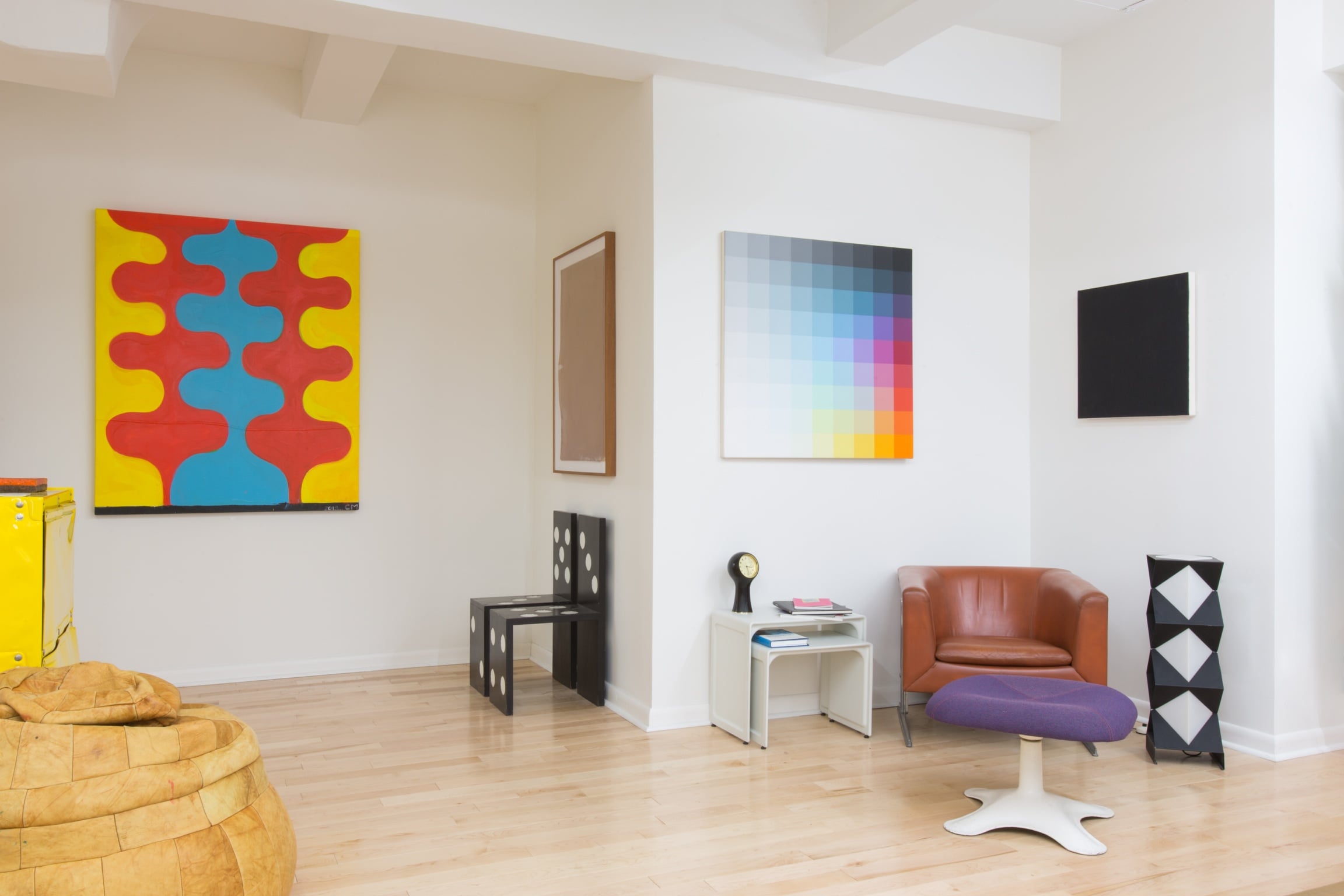I graduated from the University of Michigan in 1970 with a degree in English literature. During those years I did not take any science courses. In truth, I had no vocational aspirations. I was a willing victim of the cultural milieu. I saw three or four movies a day, almost every day – no exaggeration – and read novels and eastern philosophy, listened to a lot of music, mainly jazz and R & B, and played Frisbee and softball. In retrospect, I was a 60’s stereotype, but it was fun and intellectually stimulating, and I’m happy I spent those years as I did.
After graduation I took a year off, did a variety of different things, and then tried to figure out what I wanted to do when I grew up. I ultimately decided to return to the U of M, take premed courses, and go to medical school. I began coursework at Michigan State University College of Human Medicine in 1973. Two years into that program I obtained a fellowship to study psychopharmacology, since I was interested in why people acted the way they did. After obtaining my Masters Degree in pharmacology, I completed my medical school clinical rotations, and graduated in 1978.
I then did a four-year residency in general psychiatry at the University of Chicago. Although I originally planned to do lab research on neurotransmitter dynamics, I ultimately found interactions with people a lot more stimulating than interactions with lab animals and test tubes, so I refocused on clinical work. I discovered I was most interested in developmental theory, so after my residency I did a two-year fellowship in child and adolescent (C&A) psychiatry. I finally finished school at age 36. By this time I’d married my wife and had my first child.
I stayed at the University of Chicago for the next 30 years or so. I did a lot of teaching and had a number of different academic positions, including training director for the C&A fellowship, director of the outpatient C&A clinic, and medical director of the infant psychiatry program. I also became the medical director of Chicago Lakeshore Hospital, a 110-bed freestanding psychiatric facility, where I developed an inpatient C&A service for the University of Chicago and became the Director of Inpatient Child and Adolescent Psychiatry for the school. I remained in that position for approximately 20 years, until I moved to New York, in 2006. I taught classes to medical students, psychiatry residents, and C&A fellows on developmental theory, child and adolescent psychopharmacology, and forensic psychiatry. Additionally, I did individual supervision and conducted daily inpatient teaching rounds, and of course, I had an active clinical practice.
While I was in Chicago I began doing custody evaluations. My first was in 1983. Subsequently, I did another 700 or so before moving to New York. I find forensic work challenging and extremely interesting, as I have to address and analyze very complex systems of human interaction; and I enjoy – I know this sounds weird – testifying in court.
In 2006, due primarily to our interest in art and film, my wife and I moved to New York, where I became the Director of Forensic Psychiatry at the NYU Child Study Center. Since my arrival here, I’ve conducted another 300 or so custody evaluations, as well as other forensic assessments. At NYU I also had an active clinical practice, providing psychotherapy and medication management. I continued to teach developmental theory to child psychiatry residents, and I taught a couple of undergraduate classes. The first was called Developmental Theory and Human Motivation. It utilized film as a teaching tool to understand developmental theory. The other class was called Divorce in America. Its focus was on the creation and disruption of intimate relationships. We addressed communication and conflict resolution skills, as well as the impact of parental conflict and divorce on child development.
In 2010 I left NYU to become Director of Forensic Psychiatry and Senior Psychopharmacologist at the Child Mind Institute. Although I enjoyed my work there, in 2014 I finally decided to go into private practice (and open an art gallery, 57W57ARTS, with my wife). I continue to do both forensic and clinical work in my private practice.

